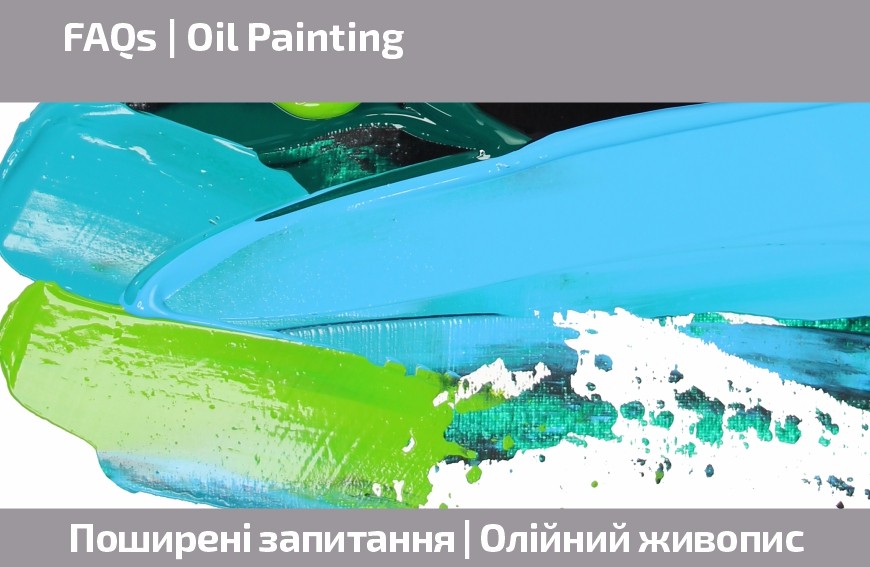
1. How to choose the right surface for oil painting
2. The difference between oil paint lines
3. Basic set for starting oil painting
4. Courses, workshops, and studios for learning painting
.
1. How to choose the right surface for oil painting.
Art supply stores today offer a wide range of painting surfaces, but not all are universal or suitable for oil paints. The best options include stretched canvases and alternatives such as canvas on cardboard, canvas on fiberboard, art boards, and primed cardboard or fiberboard.
Stretched canvas is an excellent option for artists who are short on time and prefer a product that is ready to use. If an artist aims to create a painting from scratch, from the process of stretching the canvas onto a frame to framing it, they opt for primed canvas rolls and stretcher bars.
There are two types of canvas rolls: linen and cotton.
When choosing a canvas, it is important to consider its features, such as the type of grain and different types of primer.
Both types of canvas are available in three grain textures, allowing the artist to choose the best surface according to the genre of their future painting.
Coarse and medium grain help to emphasize the texture, making these canvases ideal for large paintings, landscapes, impasto techniques, and palette knife painting.
Fine-grained canvases are perfect for detailed work, such as portraits and classical still lifes.
Linen canvas is a traditional material that has been used as a painting surface for more than two centuries. Its advantages include strength, resistance to deformation, sagging, mechanical damage, as well as changes in temperature and humidity. Linen canvas is distinguished by its unique woven pattern, formed by the natural structure of flax fibers, which always shows through the painting with a "live" texture. Thanks to this, linen canvases are better at holding thick layers of paint.
To prime linen canvases, we use two types of primers: oil-emulsion and acrylic, available in classic white and black. These options allow artists to choose between traditional oil painting on an oil-emulsion primer or using a modern acrylic primer, which serves as a versatile base for both oil and acrylic paints.
Linen canvas is the choice of professional artists for creating long-lasting paintings.

A modern alternative to traditional linen is cotton canvas, which has become the most popular choice among artists and a more affordable option. Cotton canvas is softer and more flexible than linen, and it has a less pronounced texture, making it ideal for classical painting techniques.
The canvas is treated with a strong sizing layer that prevents paint from seeping through to the back. It is also primed with a modern acrylic gesso, which forms a durable, elastic white film upon drying. Artists have the option to use both classic white gesso and coloured primers, catering to those who prefer toned surfaces. Acrylic-primed canvases offer a versatile base suitable for both oil and acrylic paints.

For those starting to explore painting, alternative primed surfaces are an excellent choice. These include primed cardboard, fiberboard, and canvas on fiberboard in rectangular, square, round, and oval shapes, as well as various art boards.
Primed cardboard and fiberboard are rigid surfaces for painting, characterized by their smooth texture. They are mainly used for sketches, experimental works, and design projects that require a primed base.
Canvas on fiberboard is an excellent primed surface for beginners and students, providing the qualities of professional canvas at an affordable price. Additionally, ROSA Studio canvas on cardboard is highly convenient for plein air painting due to its lightweight and compact size.
Primed cardboard and fiberboard are rigid surfaces for painting, characterized by their smooth texture. They are mainly used for sketches, experimental works, and design projects that require a primed base.
An art board is a sturdy surface designed for painting and decorating. It is made from 3mm thick High-Density Fiberboard (HDF) and features wooden stretcher bars made from natural pine. The surface of the board is coated with two layers of artistic acrylic primer, resulting in a smooth white finish with a light texture that is ready for use.

2. The difference between oil paint lines
ROSA oil paints are available in two product lines: ROSA Gallery, designed for professional artists, and ROSA Studio, an ideal choice for students and beginner artists. Both lines are made with polymerized linseed oil and have a consistency that works well with both brushes and palette knives.
ROSA Gallery professional oil paints are perfect for glazing and multilayered painting. They come in 59 colours, including transparent, semi-transparent, and opaque colours. Each colour has a high concentration of quality pigments, and the ROSA Gallery palette features noble, multifaceted shades that reveal their full character when diluted or mixed with whites. The drying time for a thin layer ranges from 2 to 10 days, depending on the colour. The earth tones are made with natural pigments.

ROSA Studio oil paints are a great choice for learning and plein air painting. The palette consists of 30 semi-transparent and opaque colours. The paints have a faster drying time, which is the same for all colours, up to 3 days for a thin layer. ROSA Studio oil paints are more affordable and provide an excellent solution for impasto painting.

3. Basic set for starting oil painting
To begin oil painting, you will need the following:
• Oil paints: We recommend choosing a set of paints rather than loose pigment powder or individual tubes. The colour composition should include a classic palette, allowing you to mix and create a wide range of new shades. This type of set contains all the essential colours you’ll need to start your artwork. As you progress, you can expand your palette by purchasing additional colours individually.
• Surface for painting: Stretched cotton canvas or canvas on cardboard is a great option to start working in oil painting techniques.
• Brushes: Brushes made of bristle or synthetic hair. For beginners, we recommend choosing two different shapes: flat and round. These shapes will allow you to create brushstrokes of various forms and sizes. Bristle brushes are ideal for creating rich, textured strokes. Due to their density and length, they hold a large amount of paint, making them essential for oil painting. Synthetic brushes are versatile and suitable for various painting techniques.
• Palette: A wooden palette or primed fiberboard is essential for mixing multiple paint colours.

This basic starter set can be gradually expanded with additional materials such as individual paint tubes, palette knives, an easel, auxiliary supplies, and more.
4. Courses, workshops, and studios for learning painting
Discover the world of painting and unlock new opportunities for growth and self-expression through colour. Today, there are many ways to learn, both online and in-person.
We have created a map of studios and workshops across Ukraine for anyone eager to embark on their painting journey.









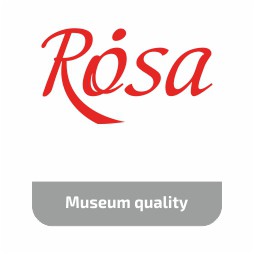
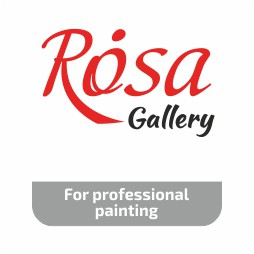
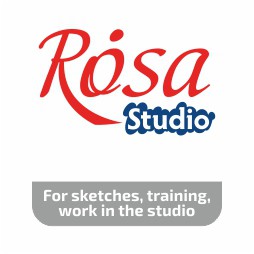
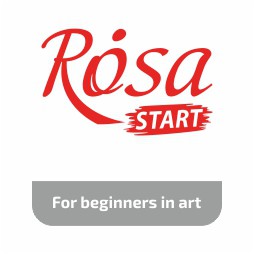
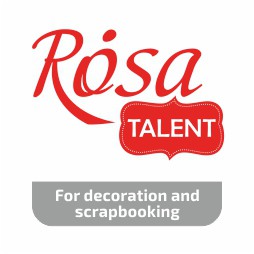







Follow us